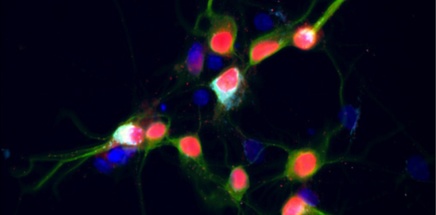
A subset of brain-specific genes shows very rapid induction of transcription in response to neural activity, and many of these gene products act to directly modulate synaptic function. Understanding the kinetic parameters of induced transcription is of particular importance in neurons, where tightly regulated patterns of synaptic activity are the key source of information that drives plasticity. Historically, biochemical methods have been applied to characterize the molecular mechanisms that transduce synaptic activity into new gene transcription. However this methodology yields only static of transcriptional activity averaged across a cell population. Thus these studies provide little insight into the temporal response properties of activity-regulated genes.
In addition, biochemical studies of gene transcription lose all information about cell-to-cell variability in this response, which is crucial for understanding the dynamics of plasticity in real circuits. To fill this gap in knowledge, together with Dr. Sridar Raghavachari at Duke Neurobiology we are working to develop new molecular and computational methods that will permit an analysis of activity-regulated transcription that is both induced by physiologically relevant patterns of activity and measured in single neurons in real time. Our innovative technological platform combines multiple methodologies to achieve this goal, including site-specific modification of endogenous immediate-early genes through ES cell recombineering, live fluorescent imaging of gene transcription in single neurons, light-gated activation of neuronal firing patters, and noise analysis of gene transcription in individual neurons.